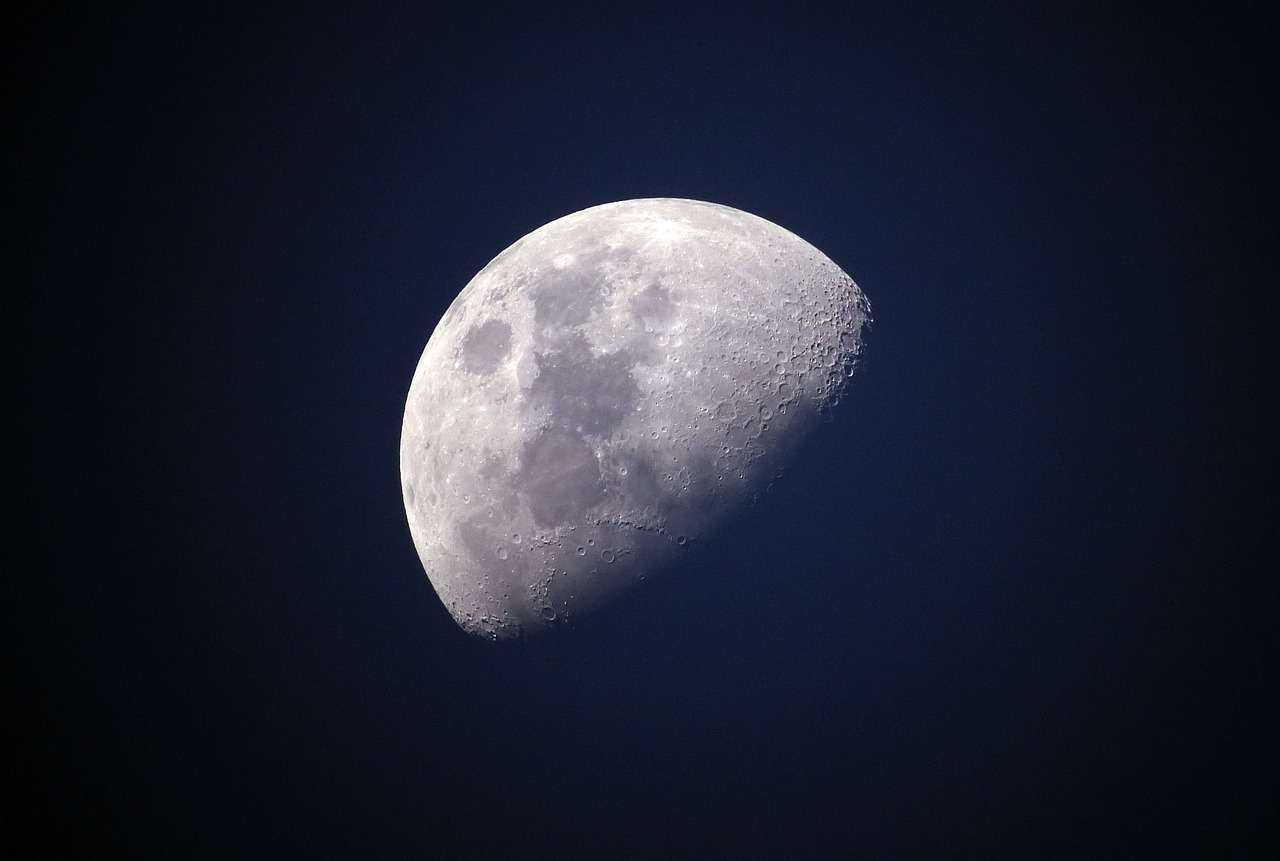China is reportedly preparing to deliver a robotic spacecraft to the Moon’s far side as part of a series of upcoming missions in advance of the country’s aims to establish a presence on the lunar South Pole.
The forthcoming launch of China’s Chang’e-6, the nation’s second attempted sample return mission, is expected to occur this week. The mission, if successful, plans to retrieve what will be recognized as the first samples of soil and rock from the far side of the Moon.
The mission plans to use the backup spacecraft from China’s first sample return mission, which occurred in 2020, marking the first successful retrieval of materials from the lunar surface in decades and another significant advancement in China’s exploration of space.
The mission presents several technological hurdles and will require the assistance of the Quequao-2 relay satellite the country recently sent into lunar orbit, which will help to facilitate communications with the Chang’e-6 spacecraft from its position on the far side of the Moon.


China plans to use Quequao-2 on future missions at least through the end of 2028, in advance of its exploration of the lunar South Pole that are expected to include the establishment of a lunar base, followed by crewed missions by the beginning of the next decade.
China’s lunar ambitions are the foreign counterpart to NASA’s Artemis program, which currently plans to send astronauts back to the Moon. Following an initial pair of test missions, Artemis III will send astronauts back to the lunar surface by 2026, marking the time humans have walked on the lunar surface in more than half a century.
Artemis III astronauts will similarly explore areas near the lunar South Pole, where NASA hopes they will be able to locate water and other resources that could be hidden in its permanently shadowed regions.
Previously, the presence of ice was confirmed within craters near the Moon’s poles by India’s Chandrayaan-1 mission.
If successful, the Chang’e-6 mission will place its spacecraft near the South Pole-Aitkin Basin, home to the oldest known crater that is presently known, where it will use a mechanical drill and a scooping instrument to collect samples that may be capable of revealing insights into the Moon’s origins, as well as the formation of the solar system.
Prior to China’s successful sample return in 2020, samples collected during past lunar missions had all been retrieved from the near side of Earth’s natural satellite, either by the U.S. or during lunar explorations conducted by the Soviet Union.
Micah Hanks is the Editor-in-Chief and Co-Founder of The Debrief. He can be reached by email at micah@thedebrief.org. Follow his work at micahhanks.com and on X: @MicahHanks.

